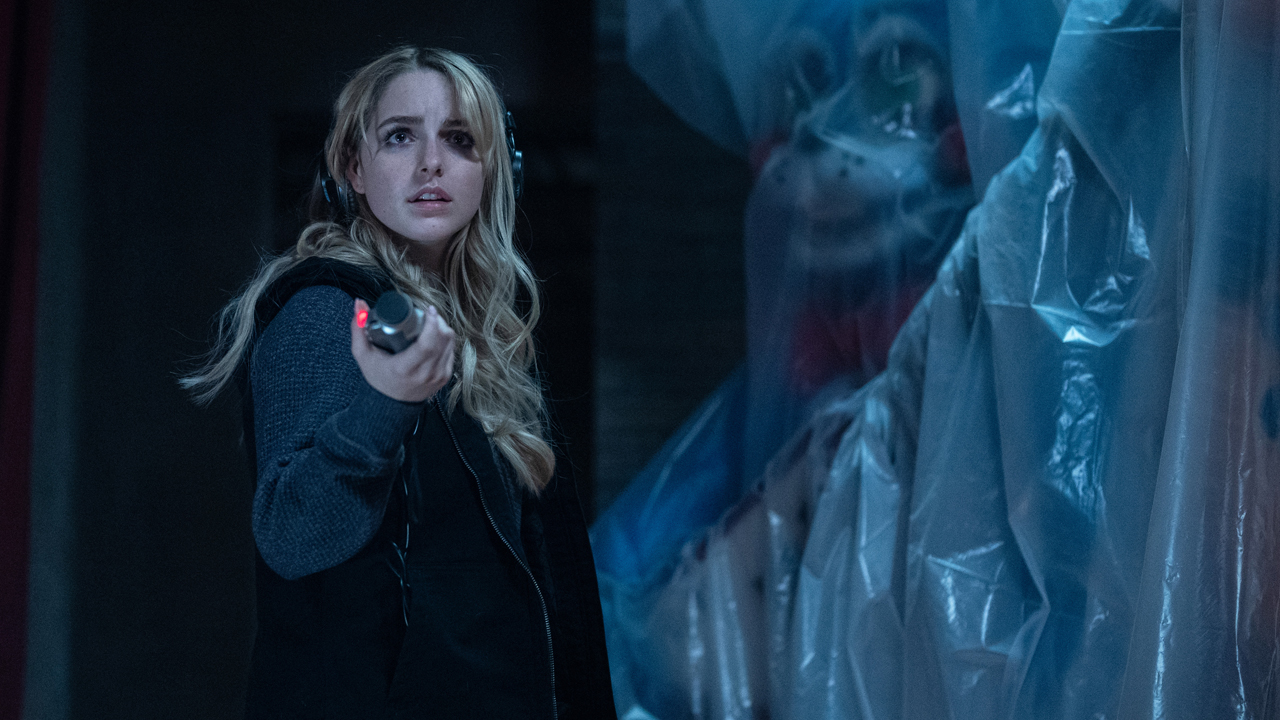Dune’s Giant Sandworms Look Amazing, But Here’s What The Director Is Hoping You’ll Get About Them
It's not just a string on a stick.
A good monster can make or break a science fiction movie. Three decades after Ridley Scott’s Alien premiered, the terrifying extraterrestrial is still giving adults nightmares, while the B-movie villains of Troll 2 are horrifying viewers for an entirely different reason. Dune director Denis Villeneuve is all too aware of the disastrous consequences a poorly-designed creature could have on his film - especially beasties as iconic as the sandworms.
The giant sandworms of Arrakis are one of the hallmarks of the Dune series. No adaptation of Frank Herbert’s novel has done away with them, and for good reason: they’re kind of awesome. When it came to Denis Villeneuve’s version, the French Canadian director was determined to do the monsters justice. After all, an otherwise serviceable movie can be marred by a cheap costume or amateur practical effects. In an interview with Entertainment Weekly, Denis Villenueve revealed his process for designing the perfect sandworm. He said:
For us, it was important that the worm look like an animal that makes sense. To live through millions of years in the desert, you need a species that has evolved and has built a protection against the elements. Its skin has to look thick enough to protect itself in the worst environment. The most important element is that when you see it, it has a sacred quality to it too. You will feel like you're in a huge presence, a different kind of intelligence, something that is beyond our way of thinking.
This attention to detail will almost certainly serve Denis Villenueve’s vision well. While gigantic sandworms aren’t exactly native to the tri-state area, it’s important to approach their design with realism in mind. Much like a costume designer must consider a character’s environment, a creature creator must also take the monster’s habitat into account. Viewers may not be able to explain why, but they’ll recognize these tiny nods to the desert creatures that roam planet Earth. That recognition will aid in the suspension of disbelief. A viewer’s brain logically knows that the sandworm on-screen isn’t real, but it looks an awful lot like something that could be.
The sandworms aren’t the only aspects of Dune that required some creative heavy lifting. While the desert aesthetic from previous adaptations is still present, most of the sets, costumes, and special effects were completely redesigned for the new film. With an entirely unique vision for the classic science fiction story, Denis Villeneuve is sure to elevate Dune to new heights.
The long-awaited adaptation of Dune will arrive in theaters and on HBO Max on October 22. The ensemble cast includes a slew of industry heavyweights, including Timothee Chalamet, Zendaya, Oscar Isaac, Rebecca Ferguson, Josh Brolin, Stellan Skarsgård, Jason Momoa, and Dave Bautista.
Your Daily Blend of Entertainment News
Actor, singer, and occasional dancer. Likes: fashion, books, old buildings. Dislikes: cilantro, the NJ Turnpike, sneaker wedges.

